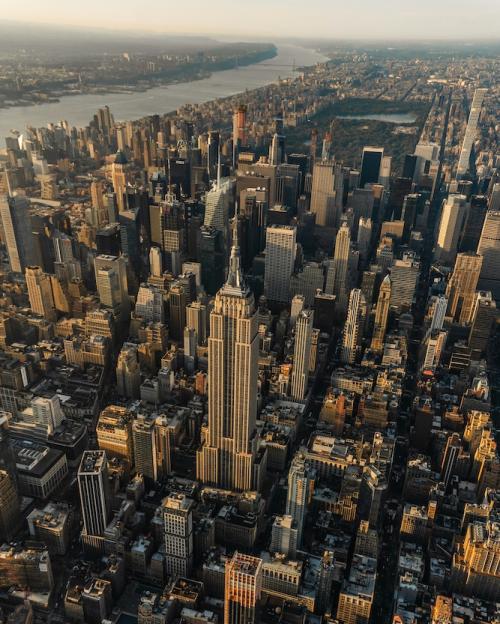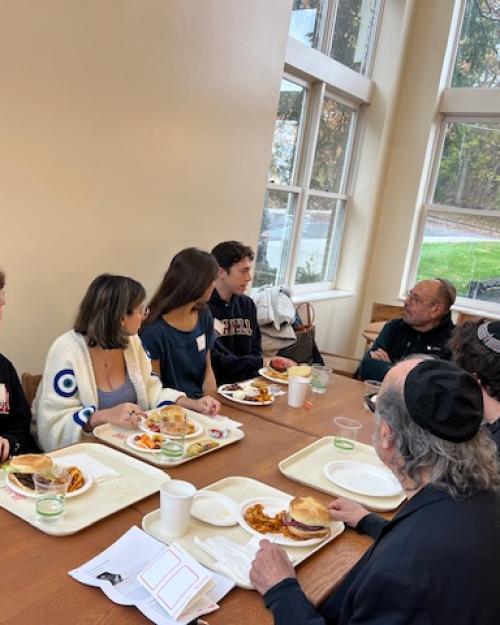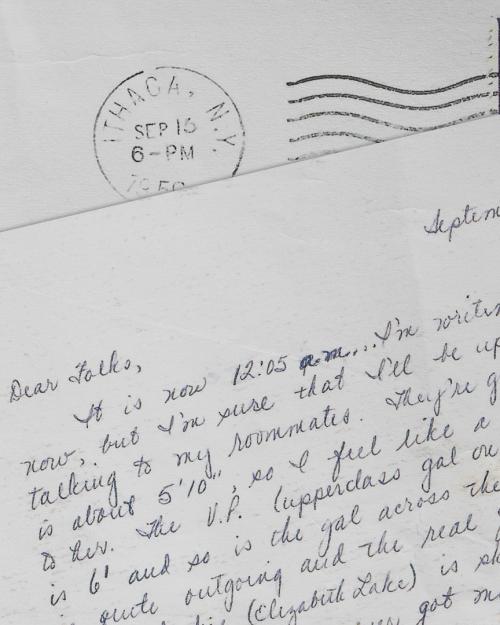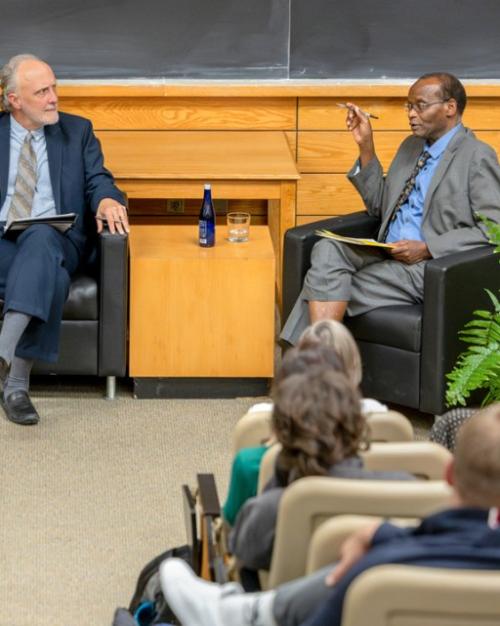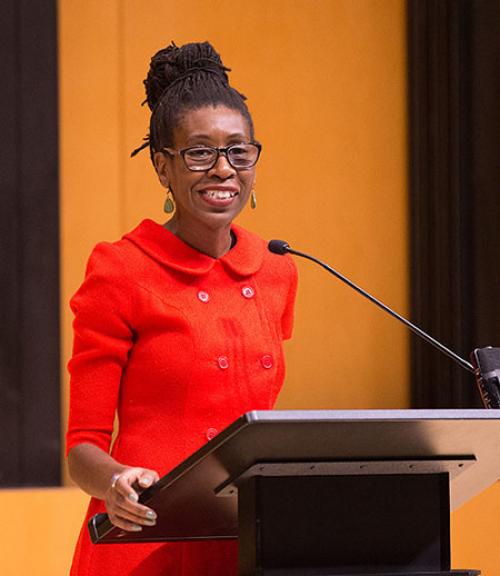“I write in books, not in individual poems,” says poet Lyrae N. Van Clief-Stefanon, English. “A group of poems that make up a book will have an over-arching through line, all these threads that I’m holding together.”
Van Clief-Stefanon is currently working on a new book of poems titled The Coal Tar Colors, following the threads of seemingly disparate subjects and weaving them together in unexpected ways. The genesis for the work began with her interest in old-time folk music, especially from Appalachia, a region of the country with which she’s very familiar. “I started by focusing on the African roots of the banjo,” she says. “That led me to thinking more about family and history. Both my parents have died, and I have an adoptive family in Appalachia. The grandfather of that family was a coal miner. It’s been very interesting to me to realize the extent to which people think of Appalachia as the place in America where there is no blackness except the coal underground.”
Continue reading this article on the Cornell Research website.
